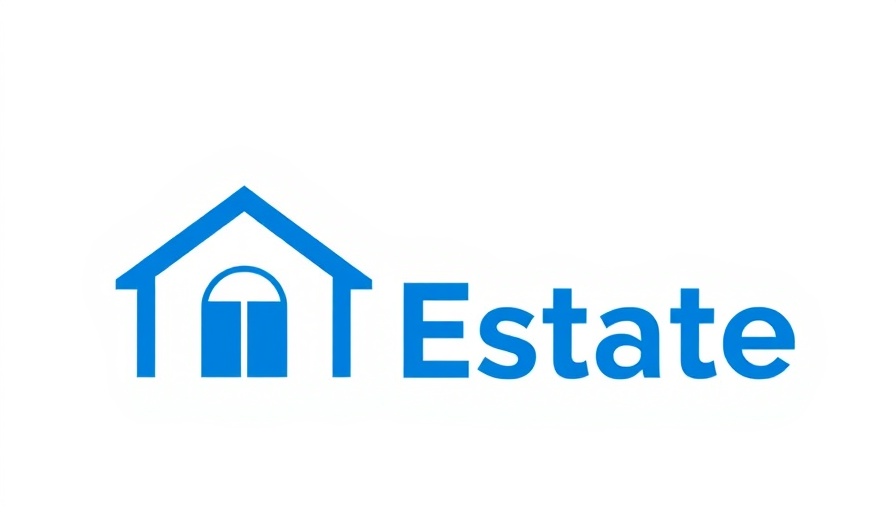
Refinance Applications See a Rebound Amid Rate Changes
The latest data from the Mortgage Bankers Association (MBA) indicates a resurgence in refinance applications, buoyed by the recent dip in mortgage rates to their lowest levels in six weeks. This upswing highlights the ongoing volatility in the mortgage market and how slight fluctuations in rates can significantly impact consumer behavior, especially in the realm of refinancing.
Understanding Mortgage Rate Dynamics
Broadly speaking, mortgage rates can be measured in two primary ways—daily and weekly. Although these metrics can sometimes yield conflicting conclusions, recent figures show a clear trend: lower rates have created new opportunities for homeowners looking to refinance. As of late last week, the MBA recorded 30-year fixed mortgage rates at 6.97%, a slight reduction that prompted consumers to begin reassessing their refinancing options.
The Shift Towards Refinancing
Refinancing applications now account for 39% of total mortgage applications, a modest rise from the previous 37.1%. Despite the slight increase, purchase applications saw a minor decline last week. This trend underscores one of the peculiarities of the market: purchase applications are less sensitive to short-term rate changes compared to refinancing demands.
Long-Term Mortgage Rate Predictions
Looking ahead, industry experts offer varying predictions about the trajectory of mortgage rates in 2025. Some expect rates to drop further, potentially reaching the mid-6% range by mid-year. For instance, forecasts from companies like LoanDepot suggest that rates could see a decline if inflation remains under control and the labor market continues to soften. However, it’s crucial for potential homebuyers and those considering refinancing to stay informed about the evolving landscape.
The Financial Implications for Homeowners
For homeowners currently sitting on rates above 7%, refinancing could mean significant savings. However, those with rates below 6.5% might find it more advantageous to wait, as financial experts anticipate substantial reductions in rates later this year. The key questions for homeowners revolve around understanding their financial goals and whether waiting for a lower rate could significantly alter their refinancing costs.
Making Informed Refinancing Decisions
When contemplating refinancing, homeowners should weigh various factors, including current rates, potential savings, and overall market conditions. Engaging with multiple lenders, familiarizing themselves with credit score implications, and understanding their financial profiles will help consumers make informed decisions. Furthermore, comparing offers and understanding the costs involved—such as closing costs which can range between 2% and 5% of the total loan—will help in evaluating the true financial benefit of refinancing.
Key Takeaways
As mortgage rates fluctuate, homeowners will need to stay vigilant and informed. The recent uptick in refinancing interest is a direct consequence of lower rates, suggesting that as conditions stabilize, the market could witness an influx of refinancing activity. For those contemplating refinancing, now might be the right moment to review their options and engage with financial advisors to explore the most beneficial strategies moving forward.
In summary, the mortgage application landscape is continually evolving. With emerging opportunities and varying expert predictions, it is critical for homeowners to actively engage with the market and leverage potential savings through timely refinancing decisions. Seize this moment and explore your refinancing options today!
 Add Row
Add Row  Add
Add 




Write A Comment